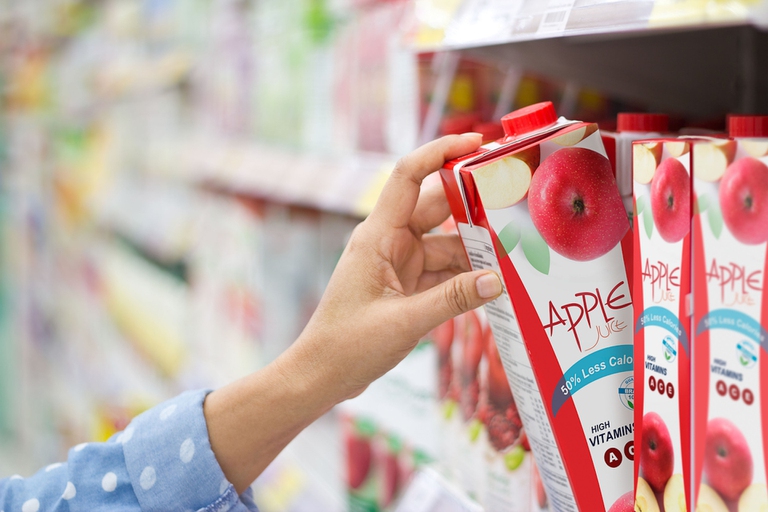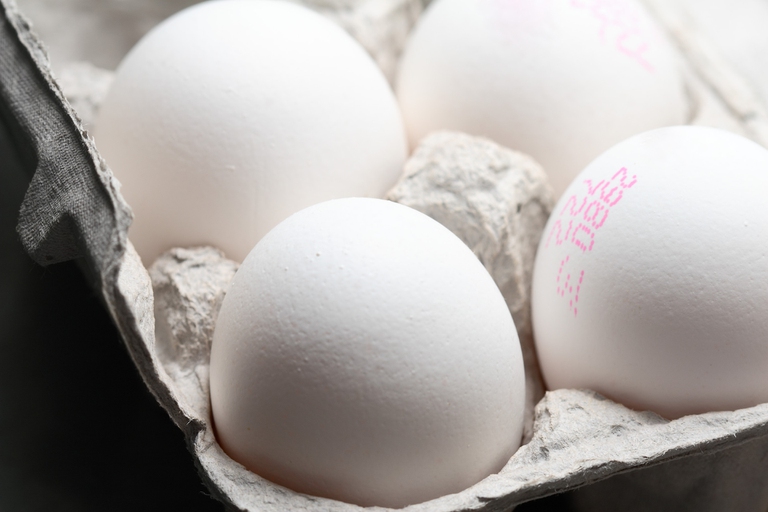https://www.lifegate.it/direttive-colazione-parlamento-europeo-etichetta-miele-succhi-marmellate
- |
- MEPs voted for clearer labeling on the geographical origin of honey and fruit used to make juices and jams.
- They also proposed new initiatives to combat honey fraud.
- The European Parliament has also drawn up proposals for greater clarity on the sugar content in juices and jams.
Last December 12th European Parliament, in a large majority, has adopted its negotiating position on the revision of the so-called “breakfast” directives which aims for greater transparency on the label for honey, fruit juices, jams and marmalades as regards the origin of the raw materials, the indication of the presence of sugars and the name of the products.

What are the breakfast directives and the proposed revision
The “breakfast” directives are a set of seven directives which establish common rules on the composition, sales denomination, labeling and presentation of certain foodstuffs generally consumed a breakfast which honey, fruit juices, jams and marmalades, products based on cocoa And chocolate, extracts from coffee And chicory, dehydrated milk, sugar.
Last April 21st, the European Commission, in the context of the strategy Farm to Fork and gods sustainable development goals of the United Nations, proposed a revision of some of these rules which concern in particular honey, fruit juices, jams and marmalades to update the current rules which are more than twenty years old:the objective is to respond to the need expressed by many consumers of know the geographical origin of the products and to promote a more conscious spending that contributes to healthier diets for people and sustainable for the Planet.
More transparent origin on the label for honey, fruit juices, jams and marmalades
In the legislative process of the proposal, on 12 December the European Parliament therefore voted in favor of this revision, agreeing on the following changes.
In the adopted text, the deputies propose that the Country where the honey was harvested is mentioned on the label of the product;also for fruit juices, jams, jellies, marmalades and sweetened chestnut purees, the The country of origin of the fruit used must also be indicated on the front label.If the honey or fruit used comes from multiple countries, MEPs agree that all Countries of origin are indicated on the label in descending order based on the proportion they represent in the final product.
To limit the honey fraud, the deputies want to establish a system of traceability along the honey supply chain that allows the origin of the product to be traced.They also call for the EU to create a reference laboratory for honey to improve controls and identify adulterations through systematic testing.
Greater clarity on the sugar issue
MEPs then propose introducing the label “contains only natural sugars” for fruit juices, while for low-sugar products and fruit juices whose naturally present sugars have been eliminated can be labeled as “fruit juice with reduced sugar content”.For MEPs, new techniques that eliminate naturally occurring sugars in fruit juices, jams, jellies or milk should not lead to the use of sweeteners to compensate for the effect of sugar reduction on the taste, texture and quality of the final product.Also, labels on reduced-sugar food products they must not contain indications of positive properties, such as health benefits.

As for the jams, the deputies agree with the proposal of increase the minimum fruit content, reducing the added sugar required for some products, and to allow the use of term “jam” for all jams (currently this term is only allowed for citrus jams, for the others the term "jam" is used).
After the adoption of the text, Parliament is now ready to start the talks with the governments of the EU member states on the final form of the law.
In which food products is the origin indicated on the label?
Currently, the transparency paths undertaken at European level have led to the indication of the country of origin for the beef;to the indication of variety, quality and origin of thefresh fruit and vegetables;to the code printed on the egg which indicates the country of production and the type of chicken farming;the indication of the country of origin of collection for the honey;indicating the country of origin of the oil.
From the January 1, 2025 the regulation will come into force which imposes the obligation to indicate on the label the Country of origin for products like fruit and vegetables in bags, walnuts, almonds, hazelnuts and other shelled fruits, dried citrus fruits, dried figs and dried grapes, uncultivated mushrooms and saffron.

In Italy some ministerial decrees, which have just been renewed by the government until December 31, 2024, extend the obligation to indicate the country of origin of the milk, del tomato in the case of transformed how do you pass them, gods cheeses, of the cured meats, del rice and of pasta.
